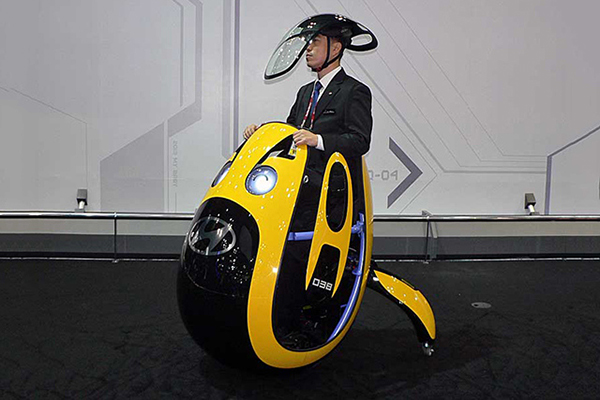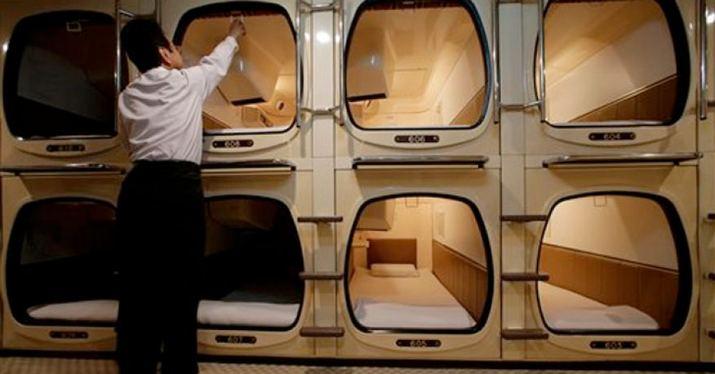The 21st century has seen a huge leap in the release of new technology that has significantly changed how people live their day-to-day lives. One of the biggest areas this new technology has had an impact on is travel. Whether it’s the transportation we use to commute to work, the way we travel to holiday destinations or the way we find our way around when we get there, technology now plays a huge role in how we navigate the planet. The following are 10 new technologies that have, or soon will have, changed the way we travel forever. So hop on board, the future looks exciting!
Electric Cars
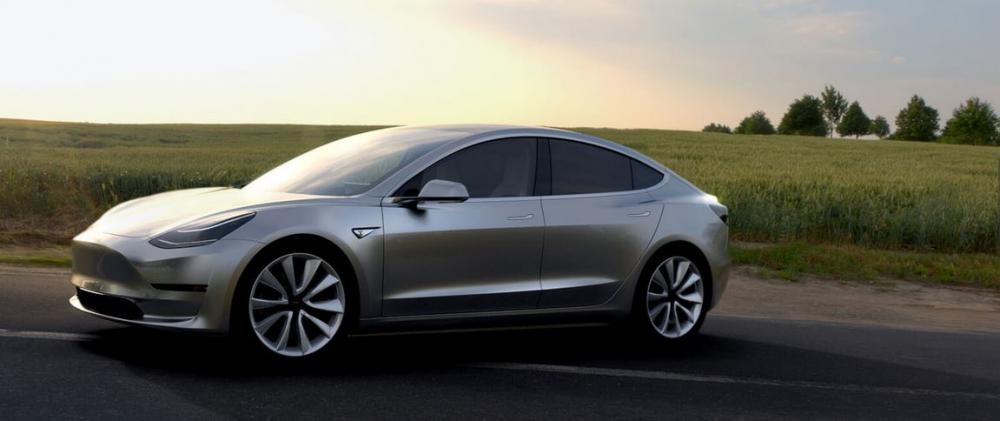
The first electric car dates all the way back to 1880 but it is only in the last decade that the vehicles have hit the mass market. Major advances in battery capabilities and energy management has seen the arrival of affordable and practical electric cars that are capable of travelling hundreds of miles on a single charge. The vehicles have also become more affordable and far better looking and, with the Tesla Model 3 (pictured above) set to be released in 2017 for around £24,000, it seems that electric cars are here to stay.
High-Speed Trains

The first high speed trains (known as bullet trains) were put into action in Japan in 1964 and since then high-speed railway lines have been implemented across the globe. Modern high-speed trains are now capable of reaching speeds of up to 265mph (430km/h) and are often a quicker mode of transport than even planes (when you take into account check-in, boarding…etc), allowing passengers to cover hundreds of miles in just a few hours.
Electric Bikes
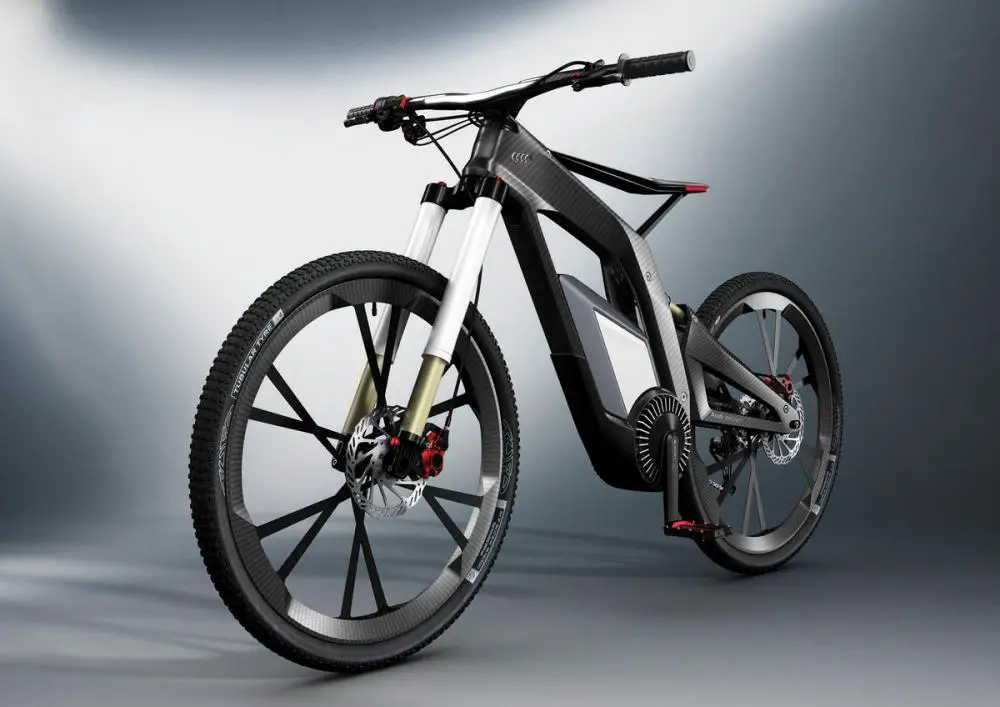
Cycling has always been a cheap and fun way to travel but one of the major drawbacks (for some people at least) is the effort needed to get to the top of a hill. That’s where electric bikes come in, as they are capable of assisting your pedalling, allowing you to get to the top of an incline with much less effort. E-bikes are equipped with a rechargeable battery and an electric motor that kicks in and assists the pedalling power of the user depending on how much pressure they apply to the pedals. E-bike technology has developed quickly in the last few years and become more and more popular, so expect to see far more electric bikes whizzing up hills in the near future.
Solar-powered Flight

Catching a flight is still the quickest way to travel to far off destinations but one of the major drawbacks to commercial flying is the carbon footprint left behind. That may all be set to change in the near future if solar-powered flights become a genuine alternative. The technologically advanced planes have solar panels on the wings of the aircraft that provide enough energy for long distance flights. Test flights from Hawaii to San Francisco have already been successfully completed and a full circum-global flight is expected to be completed in the next few years. If the technology becomes cheaper and more widely available, it could change travel forever.
Space Tourism
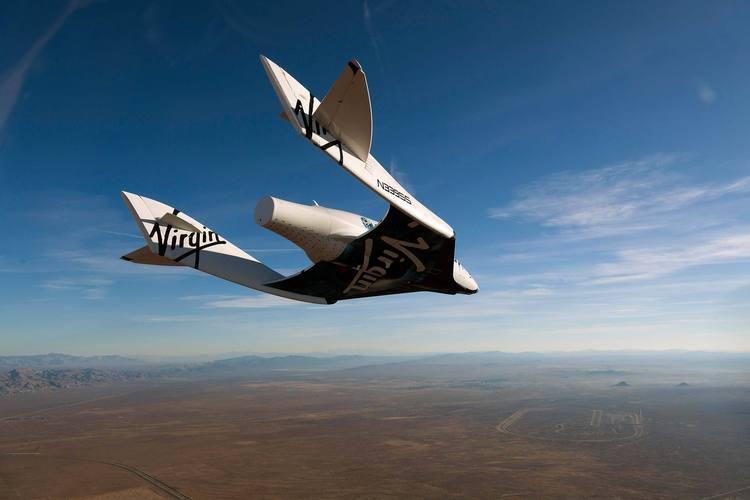
While just about every child dreams of flying to the moon, the likelihood of ever getting into space is a mere dream for most of us… But that may be all about to change. Companies such as Virgin and Boeing are currently working on spacecrafts that will be capable of taking ‘tourists’ out of the earth’s atmosphere and into space. Just don’t expect the experience to be cheap!
Self-Driving Cars

At the end of the 20th century, the idea of owning a self-driving car seemed like something from a far-flung sci-fi film but a mere 20 years later, the reality of being driven by your own vehicle is much closer to reality. Companies such as Google and BMW are already in the latter stages of designing cars that drive themselves. In the next decade or two we could well see self-driving cars hit our roads and motorways.
The Blended Wing Design
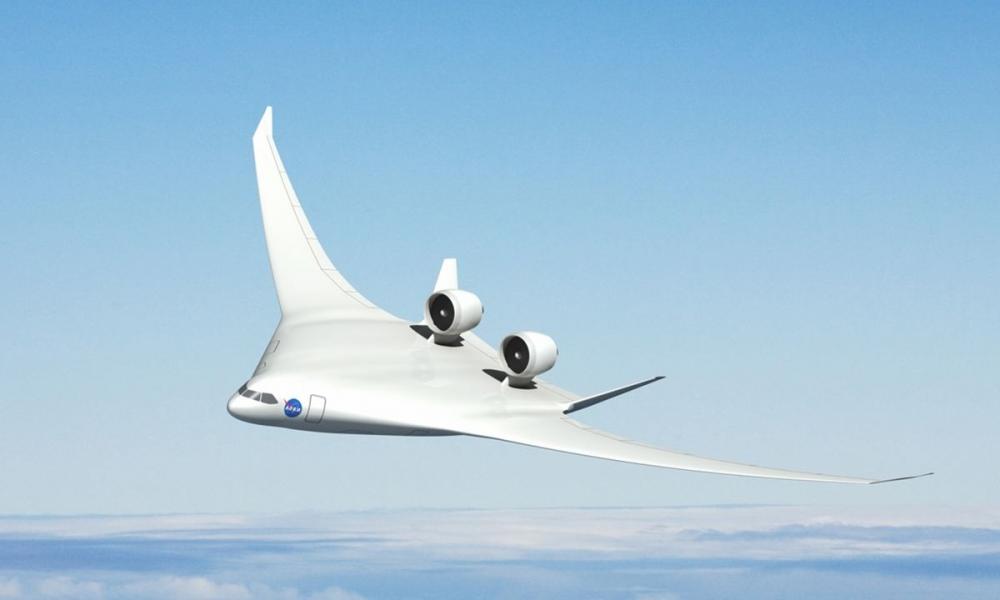
The blended wing may well revolutionise the way we fly. The design sees the wings and the body of the plane blend together in one moulded body. The major advantages of this design are the reduced drag of the wings, the increased fuel efficiency, the greater capacity for passengers and the shorter travel time. The design also means less space is needed for take-off and landing.
Augmented Reality Glasses
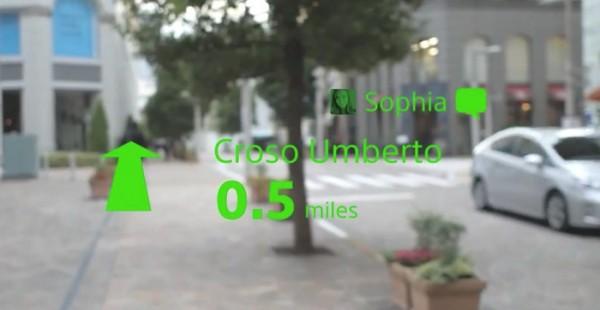
The 2002 film Minority Report predicted a future where augmented reality would be the norm. With the creation of augmented reality glasses, that prediction may well be about to come true. Companies such as Sony and Google have created glasses that can read your surroundings and send information straight to the lens of your specs. This means the information needed to find such as the nearest Chinese restaurant or the way to your hotel, will all be right in front of your eyes. Getting lost may become a thing of the past!
Maglev Travel
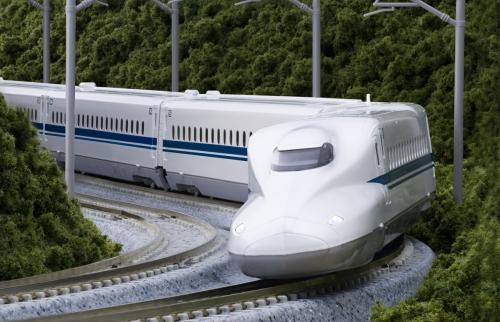
Maglev is a form of transport that propels vehicles along by magnetic propulsion. The technology greatly reduces friction and allows for high speeds and incredibly smooth travel. These trains hold the record for the fastest train speed ever recorded, when a Maglev train in Japan hit 603km/h (375mph) in 2015. If Maglev lines become more widespread it could revolutionise the travel time and comfort of train travel. The current fastest commercial line is the Shanghai Maglev train, which has a top speed of 430km/h (270mph).
Smartphone Capabilities
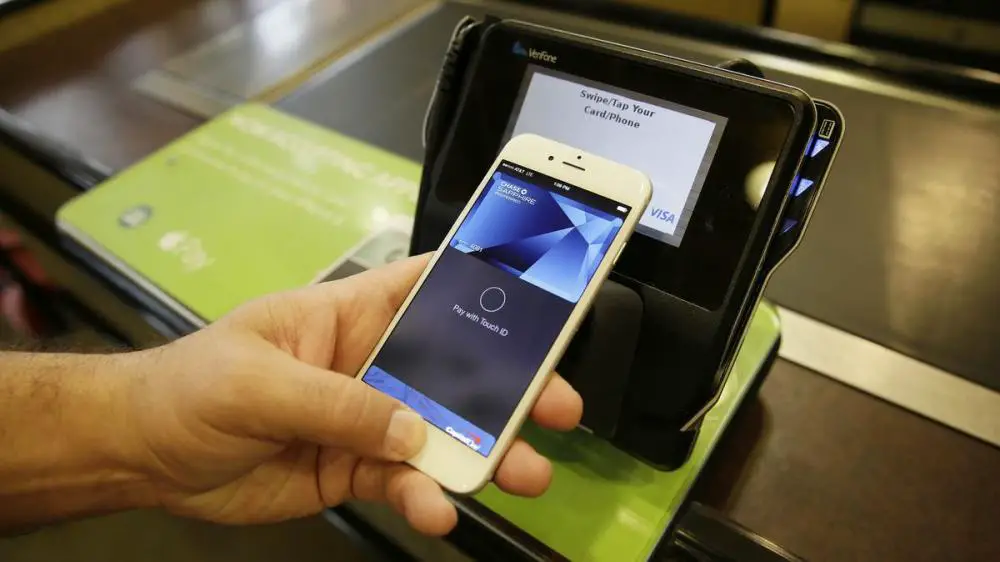
When it comes to travelling, the smartphone may not be the first item that comes to mind but mobile phones now play a huge role in modern travel. Whether it’s using Google Maps to find your way to the hotel, to check-in at the airport, or using contactless payment to pay for your hotel bill, the smartphone is capable of handling a huge amount of travel tasks. With modern technology constantly advancing, those lists of tasks are only set to increase (unlocking your hotel door with your smartphone… etc).

